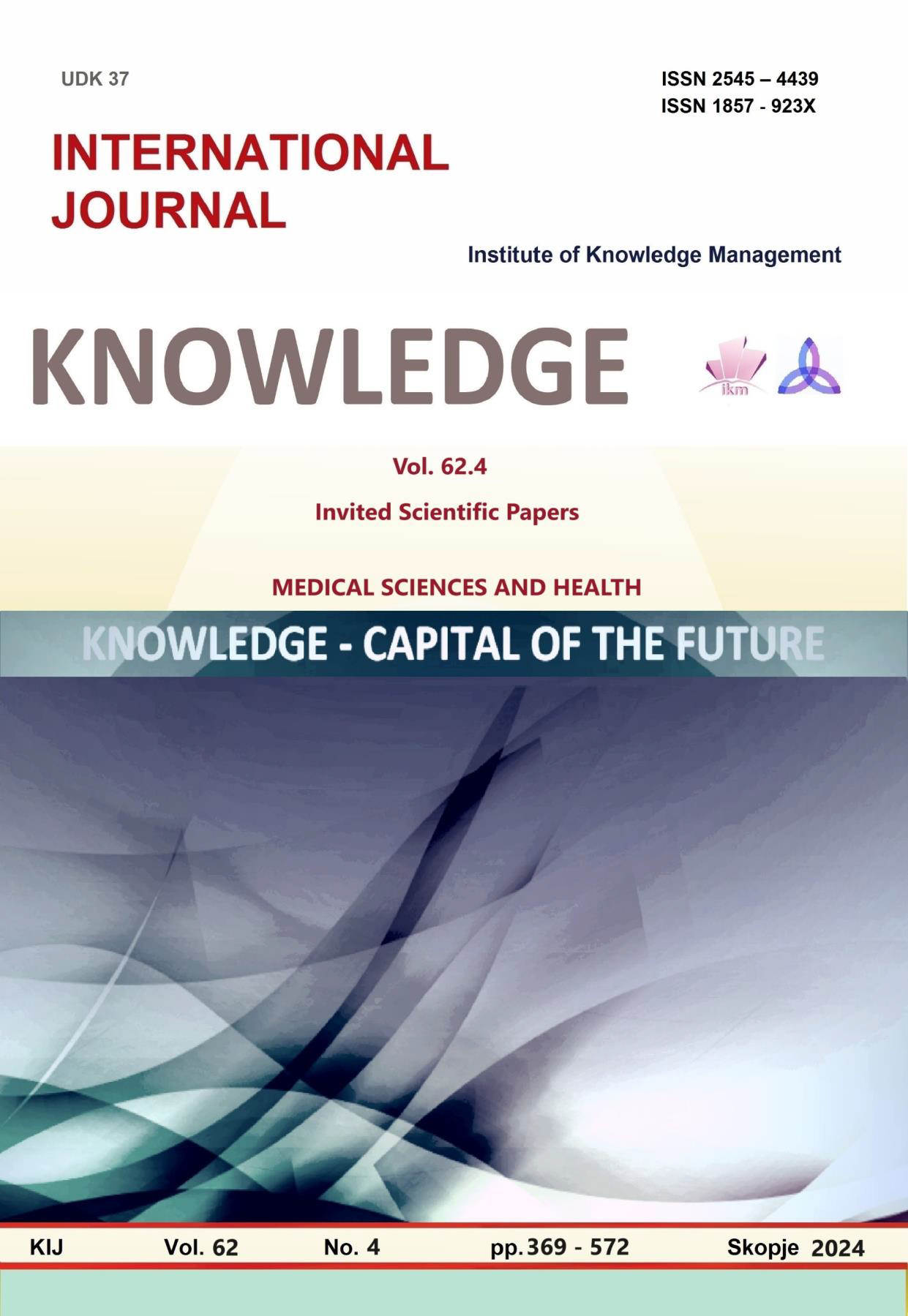CHANGES IN STATIC FORCE STRENGTH OF M. QUADRICEPS FEMORIS IN PATIENTS WITH "O'DONOGHUE'S TRIAD"
CHANGES IN STATIC FORCE STRENGTH OF M. QUADRICEPS FEMORIS IN PATIENTS WITH "O'DONOGHUE'S TRIAD"
Author(s): Mariya GramatikovaSubject(s): Health and medicine and law, Sports Studies
Published by: Scientific Institute of Management and Knowledge
Keywords: physiotherapy;unhappy triad;terrible triad;knee;kinesitherapy;sports injuries
Summary/Abstract: One of the most serious sports injuries, injuries in accidents and severe work accidents is the O'Donoghue Triad, which is a multiligamentous injury to the knee joint. Includes rupture of the anterior cruciate ligament, meniscus, and medial collateral ligament. It is also called the "Unfortunate Triad", “Unhappy Triad” due to the fact that a large percentage of athletes with this injury do not return to the sport. Recovery after surgical treatment is about one year. Static instability in the knee joint recovers immediately after surgery, but dynamic instability persists for months after ligament reconstruction. One of the causes of dynamic instability of the knee complex is the suppressed strength capabilities of the periarticular muscles, one of which is m. quadriceps femoris. Purpose: The purpose of this study is to establish the effectiveness of an experimental model of kinesitherapy for recovery the static strength endurance of m. quadriceps femoris, after arthroscopic treatment of O'Donoghue's triad. Methodology: 70 patients with "O'Donoghue's triad" were studied after surgical treatment in the subacute postoperative period, of which 32 were included in the control group (CG) and 38 in the experimental group (EG). To assess the condition and recovery of static muscle endurance of m. quadriceps femoris was tested twice, before and after ten days of kinesitherapy in CG and EG. Test of the static muscular endurance of the m. quadriceps femoris: the patient is in the starting position supine, the tested leg is extended at the knee joint and raised 30 cm from the support. The retention time (until failure) in the set position (in sec.) is counted. In the measurements, a normative limit of up to 4 minutes of isometric loading (240 sec) was adopted. The differences in the data of the healthy and damaged limb (in sec) were subjected to statistical processing and analysis. An experimental model of kinesitherapy applied in EG was developed, and a traditional model was applied in CG. Results: The results of the study show that on the 1st day, the average difference in strength endurance of healthy-injured leg of CG patients is 101.375+48.938 sec. The representative error is mx=12.2 sec. Variability of results V%=48.27%. After ten days of kinesitherapy, the difference in static strength endurance decreased to 67.5 seconds. or in absolute values the decrease is by 33.875 sec., and in relative values the difference has decreased by 33.416%. The results in the EG show a high mean difference in the static power endurance of the leg of 104.947+50.378 sec. on the first day of the study. The representative error is mx=11.558 sec. The variability of the results in the EG on the 1st day is V%=48.0%. After applied experimental kinesitherapy in EG, the static strength endurance of the injured leg drastically improved and the difference with the healthy leg decreased by 79.689% or in absolute values by 83.632 sec (in CG by 33.416%). The mean values of the healthy-injured leg difference on the X-th day decreased to 21.316 sec. Conclusions: From the testing of hypotheses, it is established that on the first day of the study, the difference in the average values of the indicator in CG and EG are statistically insignificant (P=1.000). At the end of the study on the tenth day, the difference found was significant (P=0.002) and the better results in the EG indicated a higher effectiveness of the experimental model of kinesitherapy to improve the static strength endurance of the m. quadriceps femoris, after surgical treatment of "O'Donoghue's Triad", compared to the traditional model of kinesitherapy, which is why we recommend it for practice.
Journal: Knowledge - International Journal
- Issue Year: 62/2024
- Issue No: 4
- Page Range: 521-525
- Page Count: 5
- Language: English

